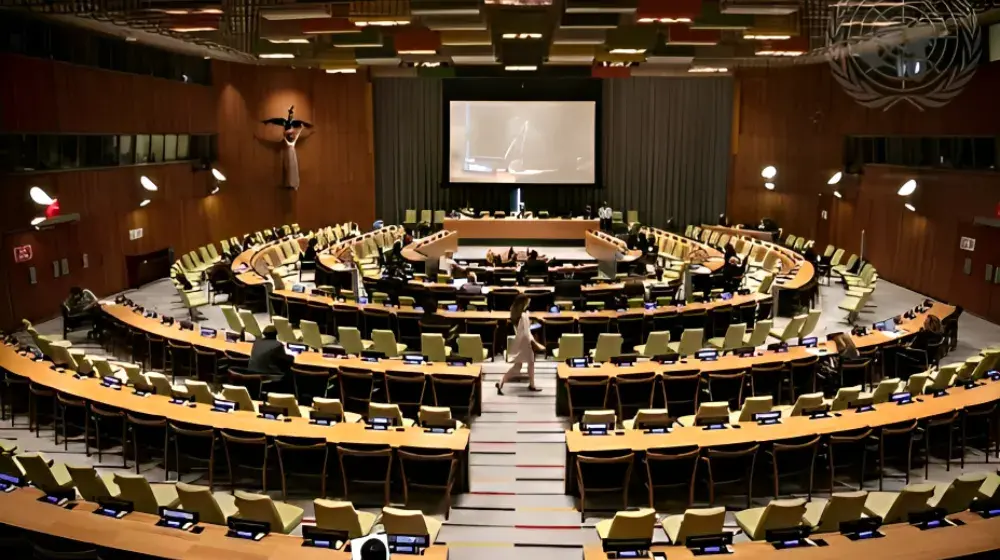BANGKOK – As human numbers climb towards a new milestone, UNFPA, the United Nations Population Fund, is launching a global initiative to highlight the critical role population concerns will play in shaping our future.
Continued population growth, declining fertility, rising mobility and a changing age structure all pose profound challenges but also opportunities. In Asia and the Pacific region, these factors point in particular to an urgent need to invest in the well-being of today’s young people.
World Population Day, 11 July, is the start of an advocacy effort that will run until 31 October 2011, when the United Nations forecasts world population will surpass 7 billion. The 7 Billion Actions campaign will promote dialogue on what it means to live in a world with so many people, and encourage activism on issues that affect everyone.
UNFPA offices and their partners in Asian and Pacific countries will organize a variety of related activities over the next four months, culminating in national events marking the birth of the symbolic “7 billionth baby”.
The campaign addresses seven key themes; all are vital to Asia and the Pacific: poverty and inequality; the rights of women and girls; young people; reproductive health and rights; the environment; ageing; and urbanization.
Globally, population has doubled since 1968 and grown by almost 40 per cent since reaching 5 billion in 1987, an event that led to the first World Population Day. According to the UN Population Division, growth will continue at least until mid-century despite dramatic declines in the average number of children per woman.
Asia accounts for 60 per cent of the world total and is likely to grow from 4 billion to 5 billion by 2050, while its population becomes increasingly older and urban.
Support for reproductive choice and gender equality remain critically important in this region. More than 100 million Asian women want to avoid or delay pregnancy but are not using contraception. Those lacking access to services are typically poor; enabling people to choose to have smaller families can help alleviate poverty and spur development.
Addressing the unmet need for family planning helps to empower women, and can slow population growth in poor countries, like Afghanistan, that still have high fertility.
Most of Asia’s growth will be “population momentum” – due to high fertility in the recent past, the largest-ever generation of young people are entering their reproductive years; their numbers guarantee growth for several decades even as family sizes continue to fall.
“We have an opportunity and responsibility to invest in adolescents and youth,” states UNFPA Executive Director Babatunde Osotimehin. “With the right policies, investments and social support, young people can enjoy healthier lives free of poverty and enhance prospects for peace and stability.”
With fewer children to support compared to people of working age, many Asian countries have a one-time opportunity to reap an economic bonus by investing in education, health care and job creation for young people. This window will close as the proportion of elderly dependents increases, a trend that is already advanced in China and a number of other East Asian countries.
A human rights-based response to these and other demographic trends is imperative if development efforts are to succeed in meeting the needs of young, growing, ageing and increasingly urban populations and cope with environmental challenges in the decades ahead.
News about upcoming activities in the Asia and the Pacific region can be found at asiapacific.unfpa.org.
For more information, please contact:
William A. Ryan, tel. +66 89 897 6984, ryanw@unfpa.org




